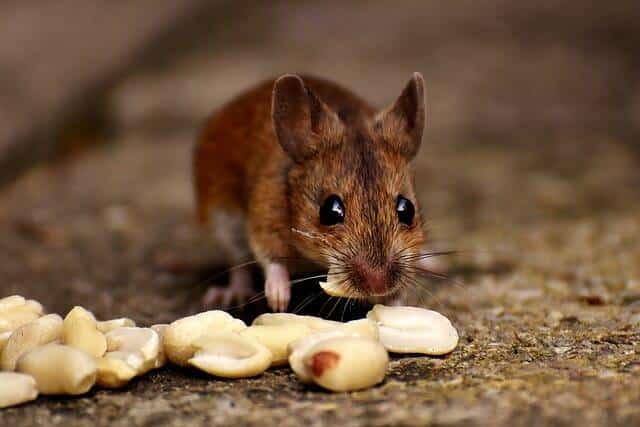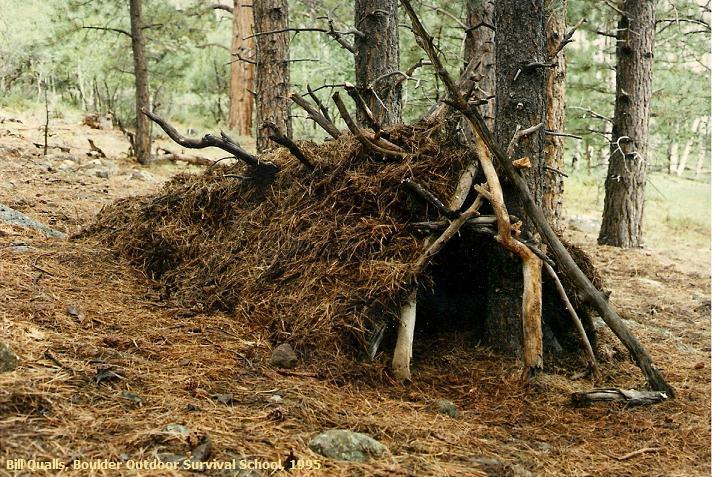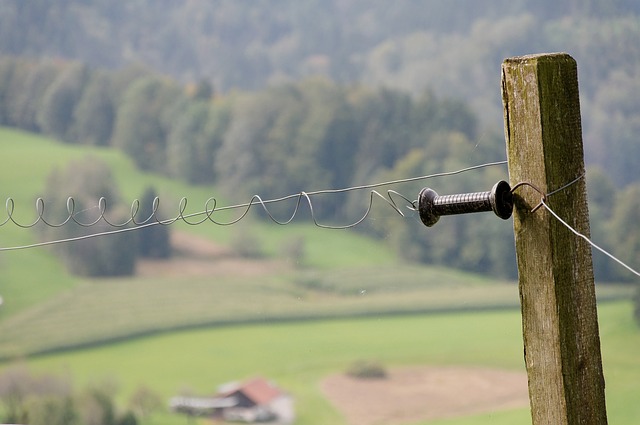One of the more frustrating nuisances to deal with on the homestead are rodents. The three main you will normally see are mice, rats and packrats.
Here are some tips in dealing with, discouraging and ridding yourself of each of them.
Mice
Mice come in diverse sizes, types and colors throughout the U.S., but most are from the Deer Mice genus. Deer Mice range in territory across the U.S. and are very adaptive to their surroundings. Usually a gray to reddish brown, they are called Deer Mice because of their white feet and underbelly, as well as their quick speed and agility (like a deer). They prefer more agricultural areas to build a home, so your new homestead with lush crops makes a perfect place to build an adjoining home with an unlimited supply of food.
They aren’t likely to dig underground to make a nest or den, but they rather prefer to find a suitable already complete and secure spot to nest in, such as holes in a hollow tree or fence post, scrap lumber piles, trash piles and firewood bins. They will also build a nest under logs or in tunnels left by other animals. Deer mice, and mice in general, take materials like stuffing from upholstery, string and cloth to build suitable nests. They will build a cache of food including seeds, nuts and plant leaves to nibble on; they have a sweet tooth when it comes to corn.
“The Big Book Of Off The Grid Secrets” — Every Homesteader Needs One!
The best way to discourage mice from taking up residence is to keep things tidy to eliminate nesting spots and eliminate feed whenever possible. A cat or a dog that enjoys hunting mice are usually effective in keeping numbers down, and storing animal feed in chew-proof containers works to deny them an easy feeding source.
Getting rid of mice can be troublesome, as they are prolific breeders and can increase their numbers quickly. We have had the best success with both glue traps on the floor baited with dog food and snap traps baited with peanut butter. Mice aren’t much for climbing but are surprising agile jumpers, and prefer to run along the base of the walls. Place the traps at a corner facing outward where they can run directly to them and be vigilant on checking them every day. You can catch more than one in a day by continually checking them and resetting as needed.
Rats
On the homestead, you most likely won’t see the same rats as you would in your favorite Hollywood horror film. They are horrible to deal with, but they may not run in packs like the groups in your favorite sewer scene. Common Norway or Roof Rats are the variety usually found on the homestead. They like to enter structures through openings in the foundation, through the attic, and will cross tree branches that come too close to structures that need to be cut back further. Another infestation sign could be the entrance to an underground burrow. A simple hole near your foundation could be the entrance to a large den containing more rats than you know about. They leave signs of chewing on materials such as soft metals, plastic and wood. Their main food source is vegetation and grain that they can find on the homestead, and their tastes can change based on what becomes available. You may see their droppings or smell their urine left along their normal nightly trails.
Unlike mice, rats are more likely to attack small livestock such as chicks, quail and even rabbits. Along with the usual sign of droppings, you may see rabbits with missing/chewed off toes, chicks that go missing or even wings that have been ripped off.
Getting rid of a rat or many rats should be done with trapping, as cats don’t always discourage these large rodents. Common rats aren’t climbers, so all traps should be placed in a hidden floor location in a corner with the trap opening facing out and ready to catch the first rat that comes by. Add a little fragrant bait like peanut butter or meat to enhance their curiosity to see what the trap holds for them.
Packrats
Packrats are like a super rodent. Also known as a woodrat, they have strength that smaller rodents don’t and they have unique characteristics that identify what type they are based on how they operate. Packrats typically are very elusive. They mostly operate under the cover of night searching for food and nesting materials unless disturbed during the daylight hours. Their main attraction outside of finding feed is to build a nest or home. Where other rodents try to use natural materials and burrow into something cozy, packrats like to grab the oddest building materials they can find.
They are particularly fond of shiny objects and will drop what they are carrying and constantly trade for something more interesting and shinier. They will take string, grass, and sticks just like other rodents, but they have a penchant for taking things you left out like a gift. We’ve had packrats steal scrub brushes, pencils, yarn, scissors, pliers, rocks from the driveway, and wiring from the engine harness of our farm truck. They aren’t afraid to take what you left out. Just like a normal rat, you may see their droppings or smell their urine along their normal running trails.
The best way to discourage Packrats is to eliminate areas in which they might try and build their nests. This means keeping lumber piles or stacks of pallets away from the home or outbuildings. Check unused buildings regularly for packrat activity, and keep a bag of mothballs in the engine bay of unused vehicles as they are repelled by the smell.
Packrats are climbers, so dealing with them is best done by trapping it in a large trap baited with food or a shiny object. Place the trap along a known running path for them. Packrats aren’t suspicious of changes to their surroundings, so a new trap doesn’t need to be hidden like it does for a common rat. Be warned that because they are strong, the trap should be tied to something they can’t carry away. We have seen a packrat stand on its hind legs and run away with a trap attached to a foot. Also, be prepared to deal with an angry packrat the next time you catch one. They will lead with a foot to take the bait rather than their head, so you’ll most likely catch them by a foot than their head. Disposal of them will be up to you.
Of course, dealing with any of these rodents after they have established a nest or burrow is reactive, so the best prevention is to not give them the opportunity to start a home near your home or outbuildings. Check your foundation for cracks or openings they can get into, and find a new place to live. Always look for new chew marks, holes that could signal a new burrow, and always put away shiny tools that can attract a packrat. Prevention is your best defense against these invasive rodents.
What advice would you add? Share it in the section below:










